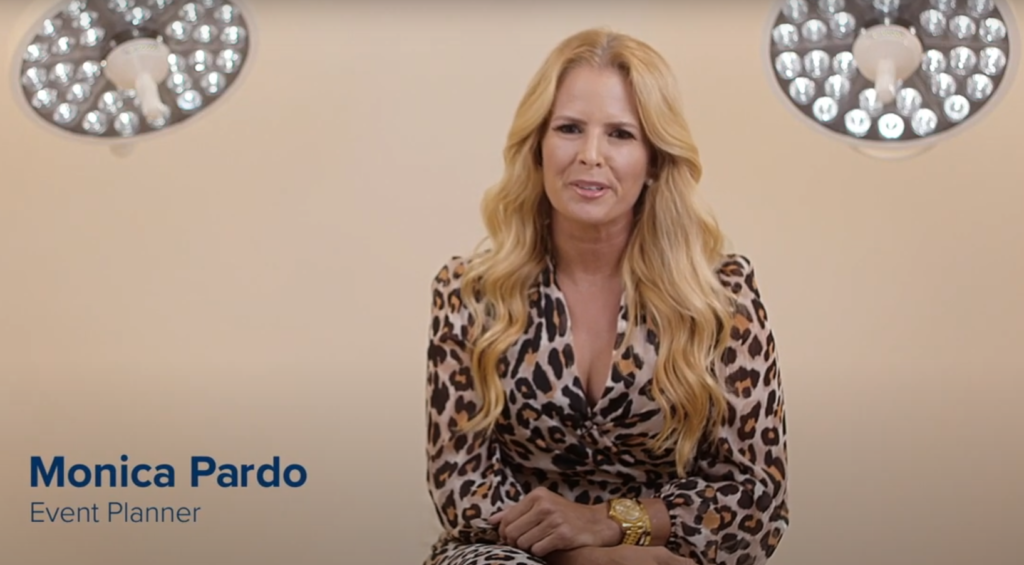- Concierge Membership
- Services
- Weight Loss Skinny Package
- Advanced IV Therapy
- Anti-Aging Aesthetics
- Bioidentical Hormone Replacement Therapy
- Biological Age Testing
- Diagnostic Testing
- Hyperbaric Oxygen Therapy
- Muscular Skeletal Health and Pain Management
- NAD Therapy
- Peptides
- Precision and Functional Medicine
- PRP
- Sexual Wellness (Male And Female)
- About
- Our Team
- Testimonials
- Media
- Contact Us






